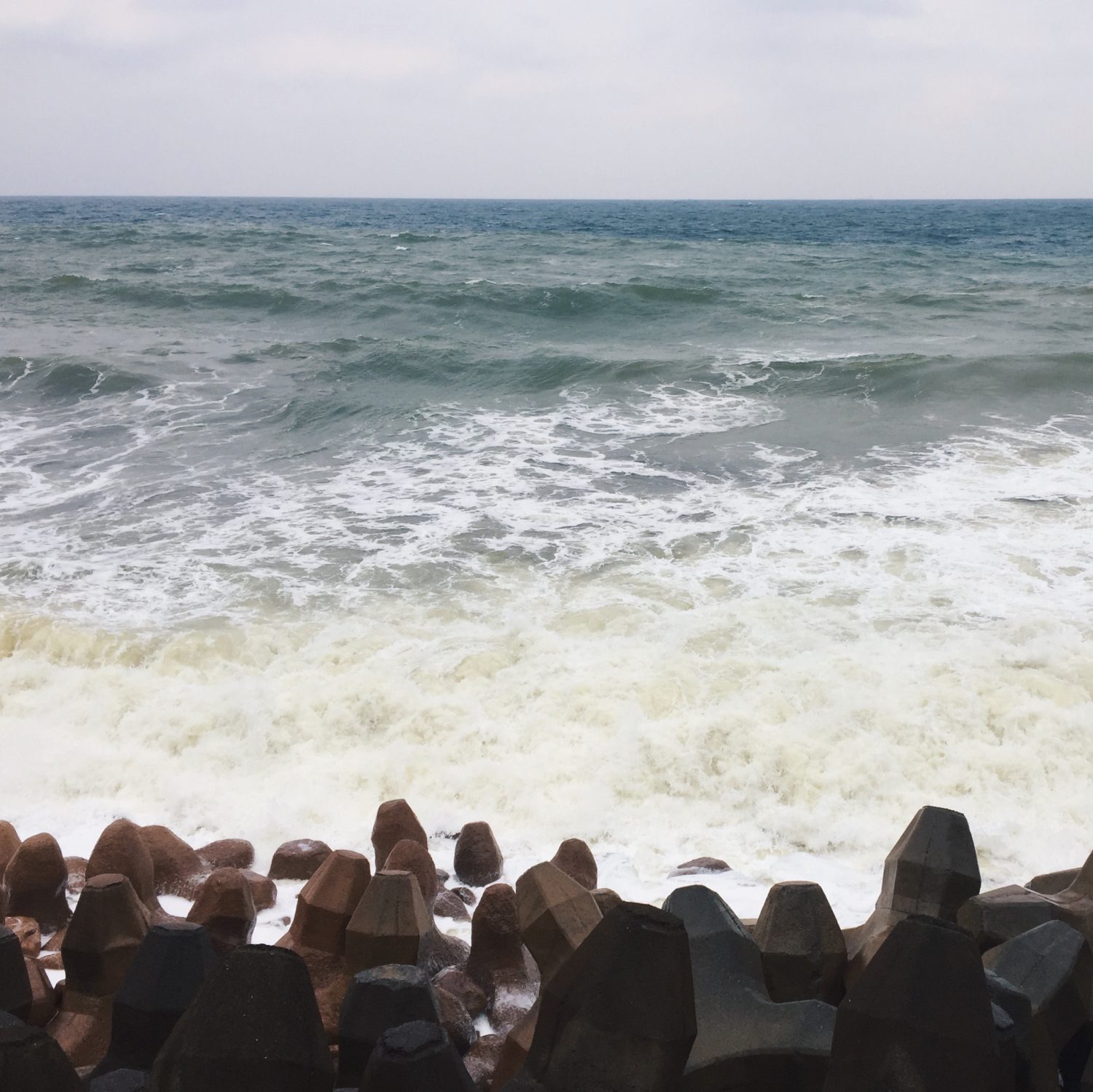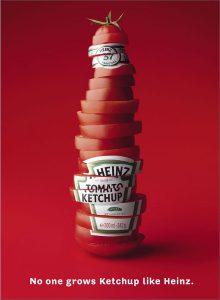What is sound?
Google defines sound as vibrations that travel trough a medium that can be heard. Sound can be found in almost all sort of activities and can exist in many different forms. In the real world, sound can be treated as just unpleasant noise or the by-product of an activity, while in the artistic world, sound artistes make use of all these noise to create music or an art piece.
How has it been use in culture and society?
Over the years, the number of art pieces that have focused mainly on sound increased tremendously. Some examples of sound art includes – music, kinetic sculpture, conceptual art, sound effects, film, technological demonstrations, interactive computer programmes etc. A large component of sound art in society is music, which has evolved tremendously over the years from Mozart’s classical pieces to the popular music today.
What makes it an art?
Art is the expression of human creativity and imagination. Personally, I feel that sound art is a form of artistic expression, using sound as a medium. However, in the article, Neuhaus mentioned that sound art can include anything which has or makes sound and in some cases, things which don’t. Hence, sound art can be literally anything that engages the audience.
How does advancement in audio technology affect our sense?
Advancement in audio technology helps to cultivate the vast potential of sound art which keeps us engaged. In the article “Sonic Spaces”, Paul DeMarinis mentioned that the invention of the phonograph helped to record and reproduced sound. This allowed Theodor Arorno to play with surface noise which helps to evoke suspended disbelief and grabs the audiences’ attention in a film.

 Whispering in the Leaves by Chris Watson is a sound installation that allows viewers to listen to mysterious sounds commonly found in Central and South American rainforests. Chris is a sound recordist who had spent years recording and compelling sounds in different rainforests around the world. This installation consists of two parts –
Whispering in the Leaves by Chris Watson is a sound installation that allows viewers to listen to mysterious sounds commonly found in Central and South American rainforests. Chris is a sound recordist who had spent years recording and compelling sounds in different rainforests around the world. This installation consists of two parts –


